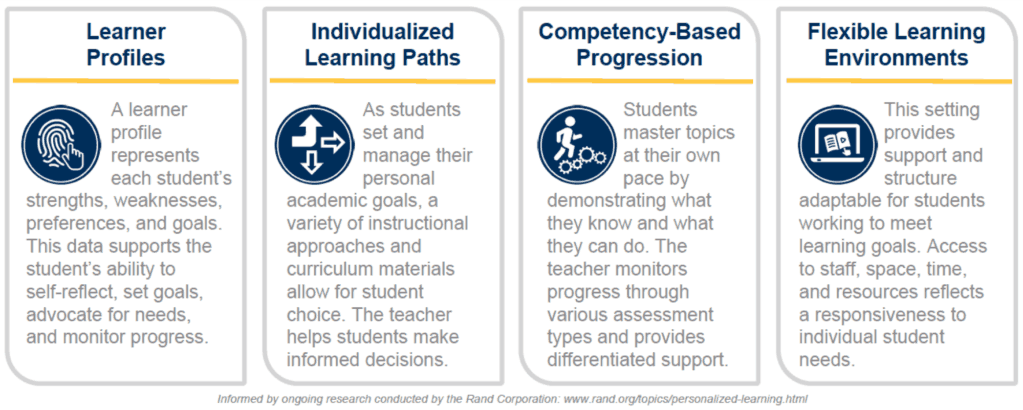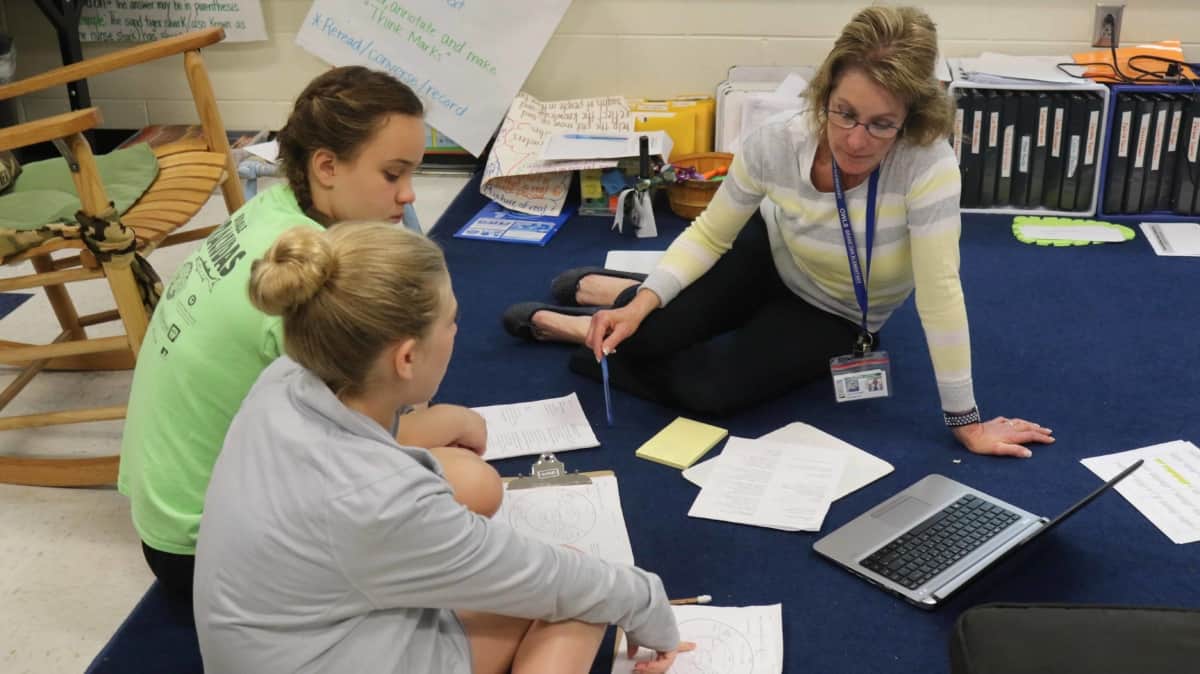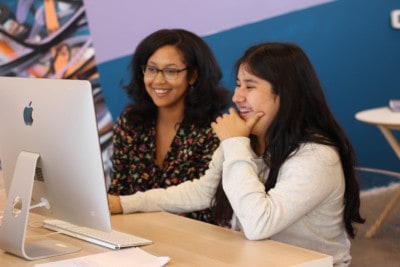This is the fourth piece in a series on competency-based education. Read the rest of the series here.
With the approval of North Carolina’s Every Student Succeeds Act (ESSA) in 2018, the North Carolina Department of Public Instruction (NC DPI) committed to the continued transformation of schools and districts across the state from the industrial age to the digital age. 1 In the industrial-age classroom, students often engaged in the same teaching practices and the same learning opportunities. For example, regardless of the student’s ability level or learning need, all students in the traditional classroom would have progressed through the same content at a teacher-driven pace.
In contrast, today’s digital-age classroom provides structures and supports for each student to have learning experiences based upon their individual needs and aspirations. With the support and guidance of their teachers, students in these student-centered learning environment can develop the agency to set goals, to make informed decisions about their learning, and to navigate their progress in a setting that is flexible and adaptable.
|
Industrial-age classroom |
Personalized learning classroom |
|
A teacher may say…. “The semester is almost over, and I’m trying to cover as much material as I can!” |
A teacher may say… “What are the instructional strategies or digital resources that I can use to help my students learn?” |
To help develop this digital-age model of teaching and learning, NC DPI has established a working definition for personalized learning (Figure 1). Described as the “four pillars,” the state’s vision is to support the creation of learning environments to incorporate the learner profile, individualized learning paths, competency-based progression, and flexible learning environment. 2


The learner profile recognizes that each student has value, and his or her background and experiences have an impact on his or her learning trajectory. The learner profile identifies the learner’s strengths, weaknesses, interests, and preferences; is used to set and monitor progress toward academic and personal goals; and helps determine how students will best accomplish new learning. The data from the learner profile is continuously updated throughout the school year, and this student information is used to inform the following three pillars of personalized learning.
The individualized learning paths provide opportunities for all students to receive relevant instruction, content resources, and differentiated support. Informed by their students’ learner profiles, teachers construct learning pathways for students using a variety of instructional strategies and content resources. With their teacher’s input, the pathways offer students choice in how they develop proficiency in the content standards, and they provide the right level of rigorous engagement for each student based on his/her learning needs. During the school day, teachers have the flexibility to work collaboratively with small groups of students for instruction and remediation, to encourage on-task behavior, and to monitor students’ progress. With this approach, the student may find greater success as the teacher anticipates the challenges and addresses the issues through differentiation before a student performs poorly or fails.
Within competency-based progression, students reach their goals established in their learner profiles by demonstrating what they know and what they are able to do with each of the standards. When they are ready, students complete various types of assessments as a form of learning — rather than assessments of learning. Based on the student’s pace, the teacher offers individualized supports by providing interventions for those who need extra help to reach the content standard or by allowing the student to advance to the next learning goal if he or she has already demonstrated mastery. Celebrating each success, the student strengthens his or her self-confidence, resiliency, and self-advocacy.
The flexible learning environment provides the necessary context for students as the use of space, time, and access to supports and resources in the school setting and beyond are leveraged to meet the needs of each student. The educators focus on fostering an adaptable physical space, grouping and re-grouping learners, providing access to the necessary staff and experts, modifying school schedules, and providing digital access (including connectivity and a learning management system). This environment allows students to have around-the-clock learning opportunities in any place or any time.
In the past, meeting individual student needs may have been challenging and time-consuming because of limited supports and resources. Today, the successful creation of personalized learning is better facilitated by the advances North Carolina has made in providing connectivity across the state and the ongoing work of the digital learning plan intended to “guide and support K-12 schools in their transitions to digital-age education.” 3
By collaborating with district- and school-based educators and with national partners engaged in this work, NC DPI has been working to develop supports and guidance for implementing the personalized learning framework. NC DPI is preparing to capitalize on various levers that have contributed to creating the conditions for successful personalized learning efforts to be scaled across the state. This fall, NC DPI has partnered with the REL Southeast to facilitate eight regional workshops across the state. Three more of these free events are scheduled in October (registration link here) for district and school leaders. The future is bright for personalized learning in North Carolina.





